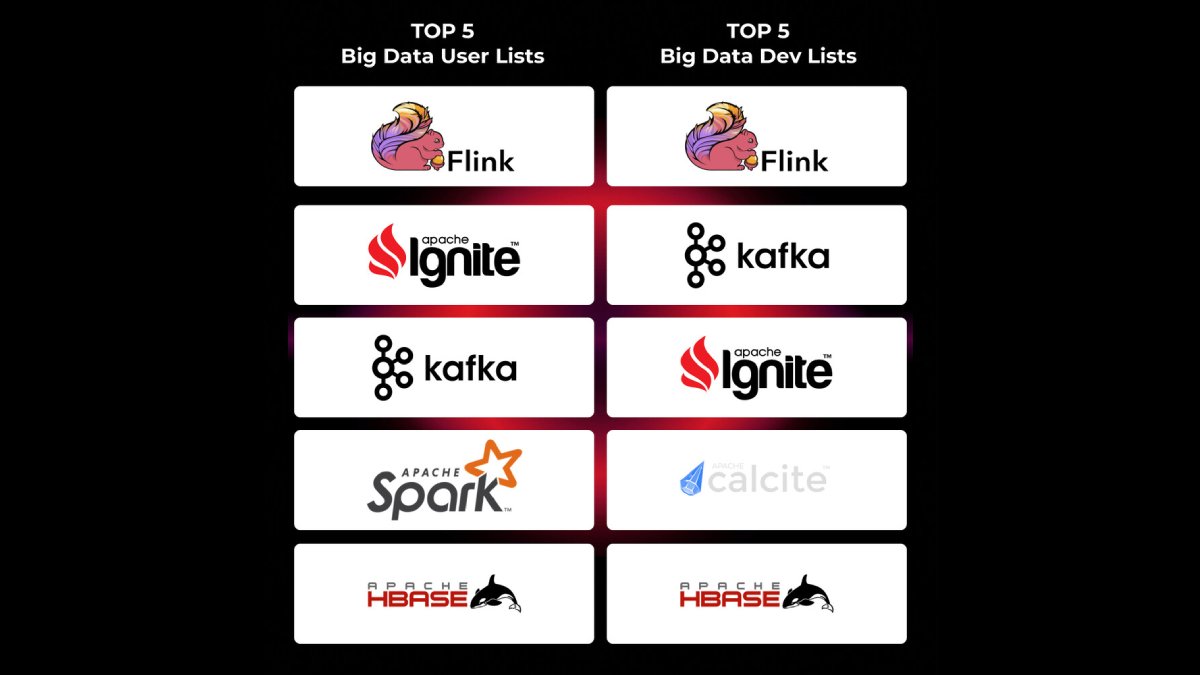We are happy to announce the release of Apache Ignite 2.17.0! In this latest version, the Ignite community has introduced a range of new features and improvements to deliver a more efficient, flexible, and future-proof platform. Below, we’ll cover the key highlights that you can look forward to when upgrading to the new release.
As of December 25, 2023, Apache Ignite 2.16 has been released. You can directly check the full list of resolved Important JIRA tasks but let's briefly overview some valuable improvements.
Cache dumps
Ignite has persistent cache snapshots and this feature is highly appreciated by Ignite users. This release introduces another way to make a copy of user data - a cache dump.
The cache dump is essentially a file that contains all entries of a cache group at the time of dump creation. Dump is consistent like a snapshot, which means all entries that existed in the cluster at the moment of dump creation will be included in the dump file. Meta information of dumped caches and binary meta are also included in the dump.
Main differences from cache snapshots:
- Supports in-memory caches that a snapshot feature does not support.
- Takes up less disk space. The dump contains only the cache entries as-is.
- Can be used for offline data processing.
As of April 26, 2022, Apache Ignite 2.13 has been released. You can directly check the full list of resolved Important JIRA tasks but here let's briefly overview some valuable improvements.
This is a breaking change release: The legacy service grid implementation was removed.
New Apache Calcite-based SQL engine
We've implemented a new experimental SQL engine based on Apache Calcite. Now it's possible to:
- Get rid of some H2 limitations;
- Optimize some query execution.
The current H2-based engine has fundamental limitations. For example:
- some queries should be splitted into 2 phases (map subquery and reduce subquery), but some of them cannot be effectively executed in 2 phases.
- H2 is a third-party database product with not-ASF license.
- The optimizer and other internal things are not supposed to work in a distributed environment.
- It's hard to make Ignite-specific changes to the H2 code, patches are often declined.
When Apache Ignite entered the Apache Software Foundation (ASF) Incubator in 2014, it took less than a year for the project and its community to graduate from the Incubator and become a top-level project for the ASF. Since then, Ignite has experienced a significant and steady growth in popularity, and it has been used by thousands of application developers and architects to create high-performance and scalable applications used by millions of people daily. In this article, we’ll recap the achievements of Ignite in 2020-2021.
Ignite is Ranked as a Top 5 Project
The ASF has ranked Apache ignite as a Top 5 project in various categories since 2017. That year, Ignite was in the Top 5 of Apache Project Repositories by Commits and most active Apache mailing lists. Today, the momentum continues, and Ignite continues to be ranked as a Top 5 project in multiple categories: second on the Top 5 big data user lists, third on the Top 5 big data dev lists, second on the Top 5 of all user lists, third on the Top 5 repos by size.



